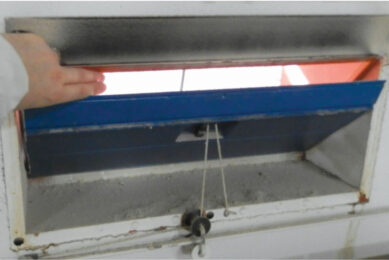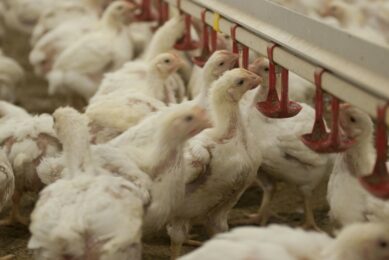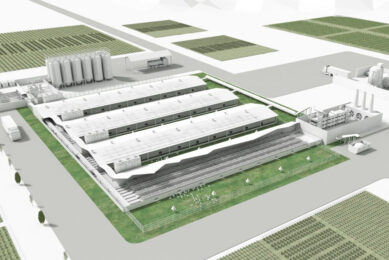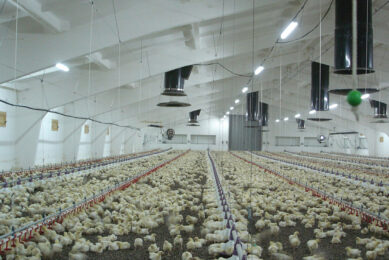Dust more dangerous in cage housed hens
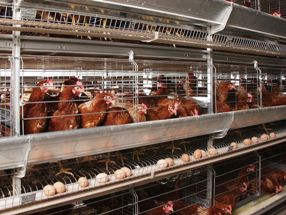
Workers in cage-housed operations compared to floor-housed facilities report a higher prevalence of some respiratory symptoms, Canadian research has found.
Observations of higher total dust concentrations in floor-housed operations are not in agreement with the observations of greater respiratory dysfunction in cage-housed workers.
Dust sources, including endotoxin, are present at high concentrations in poultry facilities. Endotoxin can be recovered from air samples due to its association with dust particles.
Many factors create dust
Production of poultry dust can vary due to many factors including: animal activity, air temperature, relative humidity, ventilation rate, animal stocking density, type of litter, type of bird, bird age, type of feed, feeding method, time of day, air distribution, relative locations of dust sources and presence or absence of air cleaning technologies.
Also, particle size is a key factor in poultry dust production since rate of aerosolization, settling velocity and resuspension rate of airborne particles differ depending on particle size.
Dust production is typically higher in floor-housed versus cage-housed poultry facilities.
Management practices differ between the two types of poultry facilities. Animal activity is higher in floor-housed operations where birds move freely as opposed to being housed in cages.
This higher level of activity contributes to greater particle aerosolization. Litter is a source of dust production and is used in floor-housed operations but not in cage-housed facilities.
The predominance of female birds in cagehoused operations as well as different bird types contribute to differences in the air environment.
Bird age is also a factor that differs between the two barn types and has an effect on bioaerosols.
These differences coincide with observations of greater dust concentrations in floor-housed poultry facilities.
Further investigation of dust concentrations at different size fractions suggests that cage-housed operations have higher concentrations of respirable dust than floor-housed facilities.
Canadian study
A Canadian study looking only at particles less than 5μm in diameter showed the opposite results.
Cage barns had higher particle levels than floor barns at 40 particles/ml and 7-27 particles/ml, respectively.
Particles of respirable size remain airborne longer than larger particles due to higher rate of aerosolization and lower settling velocity. These particles also penetrate deeper within the respiratory system.
Therefore, the higher concentrations of smaller dust particles in cage-housed facilities may be responsible for the more negative health effects observed, even in the presence of lower total dust concentrations.
A better understanding of the barn air environment, including bioaerosols, is required to reduce aerosolization and dispersal, decrease worker exposure and prevent or treat respiratory symptoms.
Finding a remedy
Further examination of the aerobiological pathway will help to find means of remediation.
In swine facilities, some forms of remediation have been tested. These methods include the use of respirators by workers and spraying of canola oil to reduce dust exposure. Such methods need to be evaluated in the poultry industry.
The economic importance of maintaining the poultry production industry is obvious. However, the respiratory dysfunction of poultry workers is a major health issue and requires detailed investigation.
The full report can be obtained from the Journal of Occupational Medicine and Toxicology 2009
Tips to minimise dust in the poultry house




